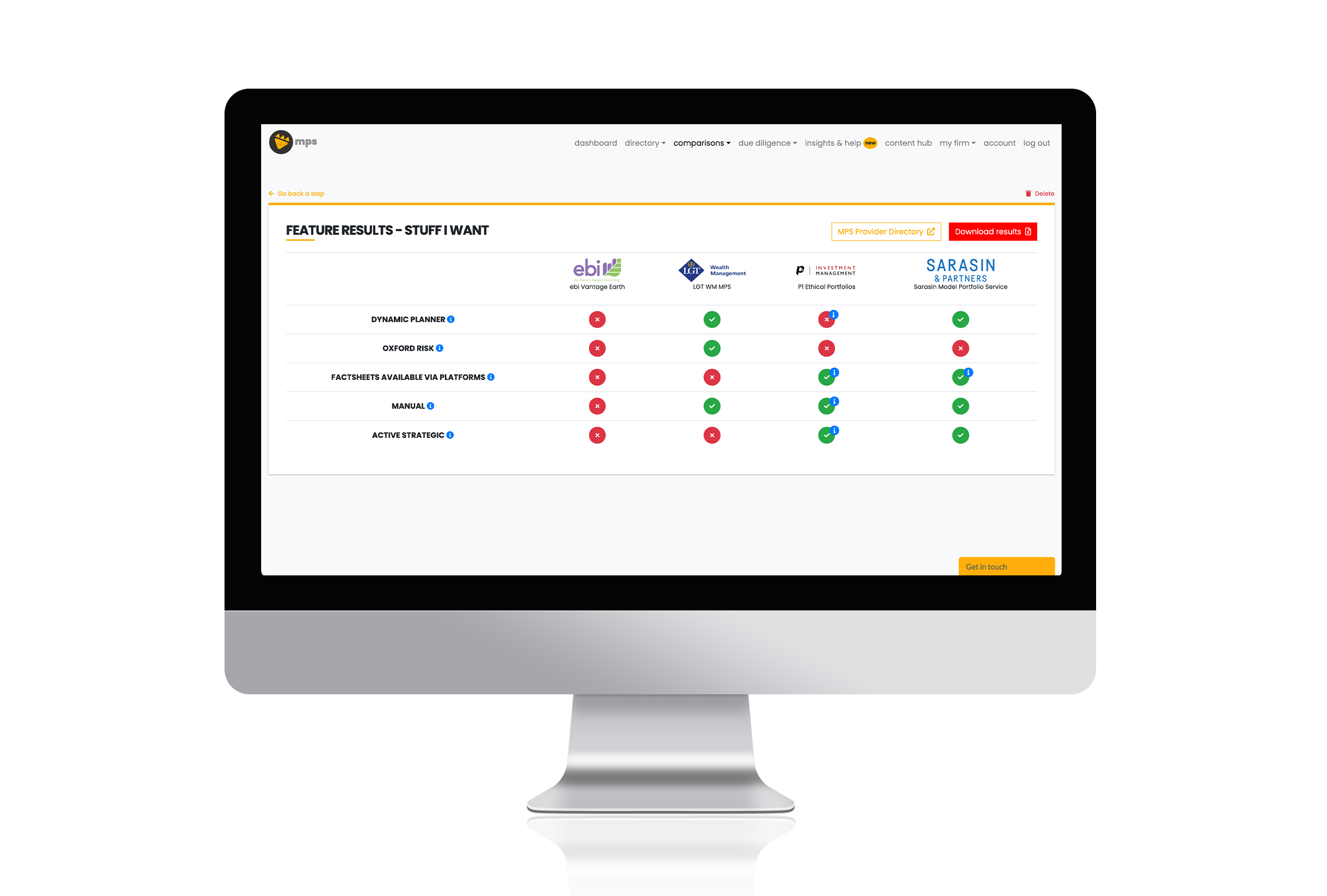How I use Analyser: "It's that ability to respond to market changes"

written by Natalie Holt
Thursday, 21 July 2022
I was originally introduced to Analyser by Terry Huddart at the lang cat, who asked me to be part of the original testing group ahead of Platform Analyser going live.
At the time, there wasn’t much out there by way of support on platform due diligence.
Some firms did some bits well, but there weren’t any what I would call ‘one stop shops’.
So I liked the idea of being part of a product that would be whole-of-market and that gave back some analytical power. Having a piece of software that would allow me to answer questions about the market for the firms I work with was the thing that piqued my interest.
How I use Analyser
A good example of how I use Analyser in practice was when Wealthtime was bought by private equity firm AnaCap Financial Partners.
Following the deal, Wealthtime scrapped its fixed fee model. A planner asked me what this meant for them, how the new charging model stacked up, and whether they needed to be looking at alternative platforms.
I was able to look at the client bank and using median portfolio values, I ran a quick pricing comparison. I found that based on price, there was no reason for the firm to look elsewhere, and that Wealthtime remained a suitable platform for those clients.
When Parmenion changed their pricing structure, I did the same thing – I had a quick look in Analyser.
While I have used it for deep dive due diligence, it’s that ability to respond to something in the market which could affect certain clients.
Analyser allows you to do a quick sense check, and if you need to make changes, you can start planning for that. And you might find that by spending 10 minutes in the system, you don’t actually need to take any action at all.
That’s where Analyser adds huge amounts of value for me, alongside the information that’s available in the directory.
Another scenario we use Analyser for is checking wrapper availability. For example, some firms will use platforms that don’t offer a Lifetime Isa or Junior Isa, so if they need a Lifetime Isa for clients, they want to know which platforms they can use.
In Analyser that’s a three-minute job, if that. The alternative is that you’ve got to go somewhere else, though to my mind none of the other software providers deliver data as completely as Analyser does.
It's a great time saver, but it’s having that confidence in the data that’s even more valuable. I don’t have to double check the figures because I know they’re good. In fact, the one time I did spot an error it was my error in how I was using the system!
Options for discretionary fund managers is another comparison I’ve run.
You can also look at these things in conjunction with other criteria, so from your list of DFMs, what wrappers or offshore bonds are available? Does the offshore bond allow a link into the DFM? That kind of manipulation of the data is where I find it really useful.
Analyser has always been a very intuitive system right from the very beginning. There’s just so many ways you can slice the information that it holds.
What about the MPS side of things?
For MPS Analyser, the bit that blew me away was the risk mapping and risk profiling.
I’ve been able to use the system to see whether certain portfolios or ranges map to tools like Dynamic Planner, EV, FinaMetrica and so on, and the corresponding risk rating. I’d pay just to have that as a bolt-on to my Analyser package.

Added to that, you can use the tech to filter criteria based on what you want to know, and it tells you straightaway.
If I’m looking for a provider that offers ranges on say a passive, strategic basis, I can just filter the results, and you get a table with all these lovely ticks and crosses on who does what.
There’s a danger when you start to add in lots of information to processes like this you can miss who gets kicked out and why, but you don’t get that in Analyser. Instead I can build up all these fantastic tick boxes and go through the process. To me, it seems obvious – how else would you do this?
Would you recommend it?
I would recommend Analyser to other people. That’s because I see the lang cat as the foremost authority on the UK platform market, and they’re the people you’d want to be in charge of the data that’s available through Analyser.
Offering that on the MPS side is a natural progression. It makes me interested to see where Analyser will go next.
I’ve also got huge confidence in the team behind Analyser’s ability to react positively to feedback, and recognise the needs of its users.
The one thing that has always shone through is the depth of information available. To my knowledge, there isn’t a more accessible source of information out there. There’s nowhere I can go that gives as much information as quickly and as reliably as Analyser does.
Benjamin Fabi is founder of Principled Paraplanning